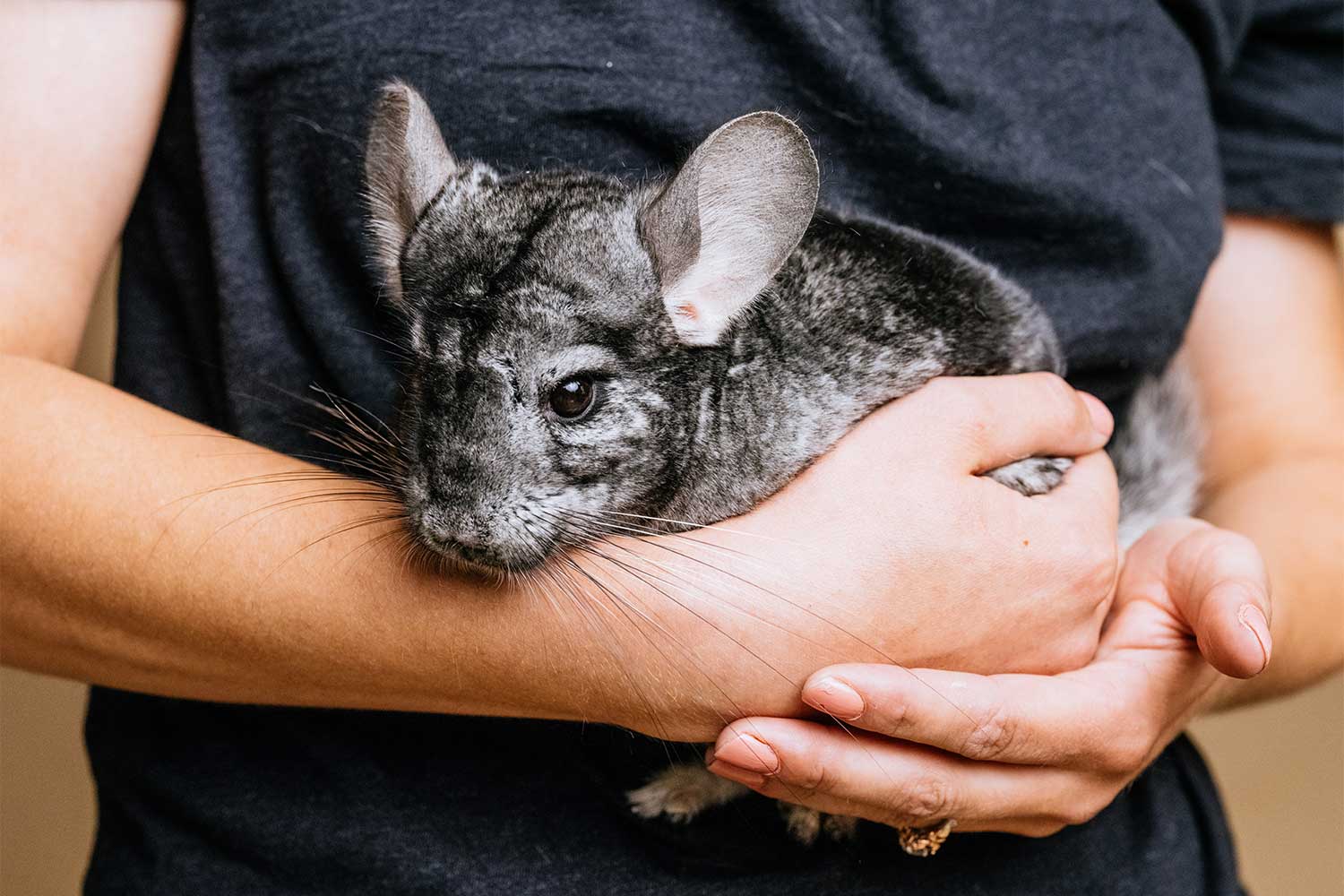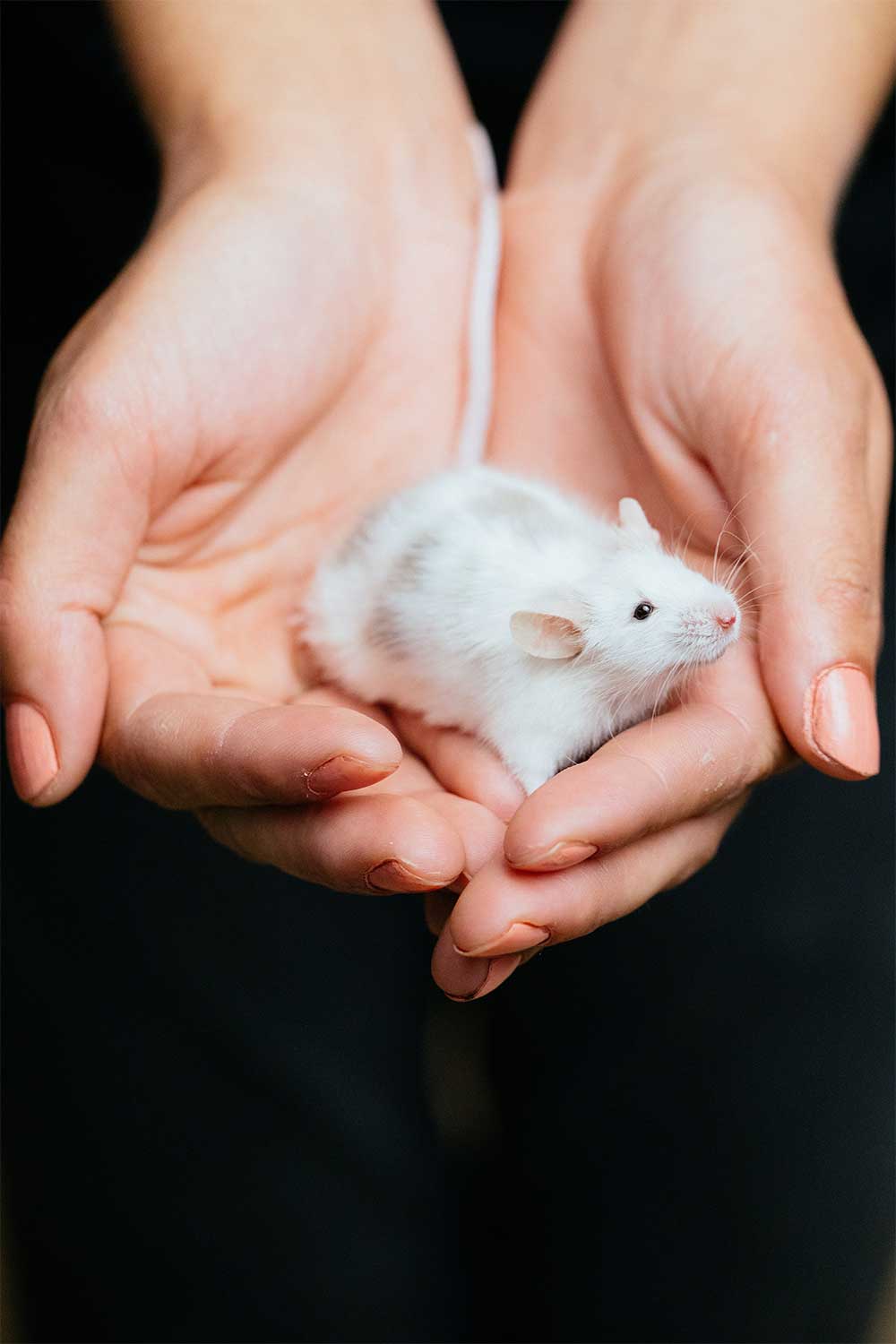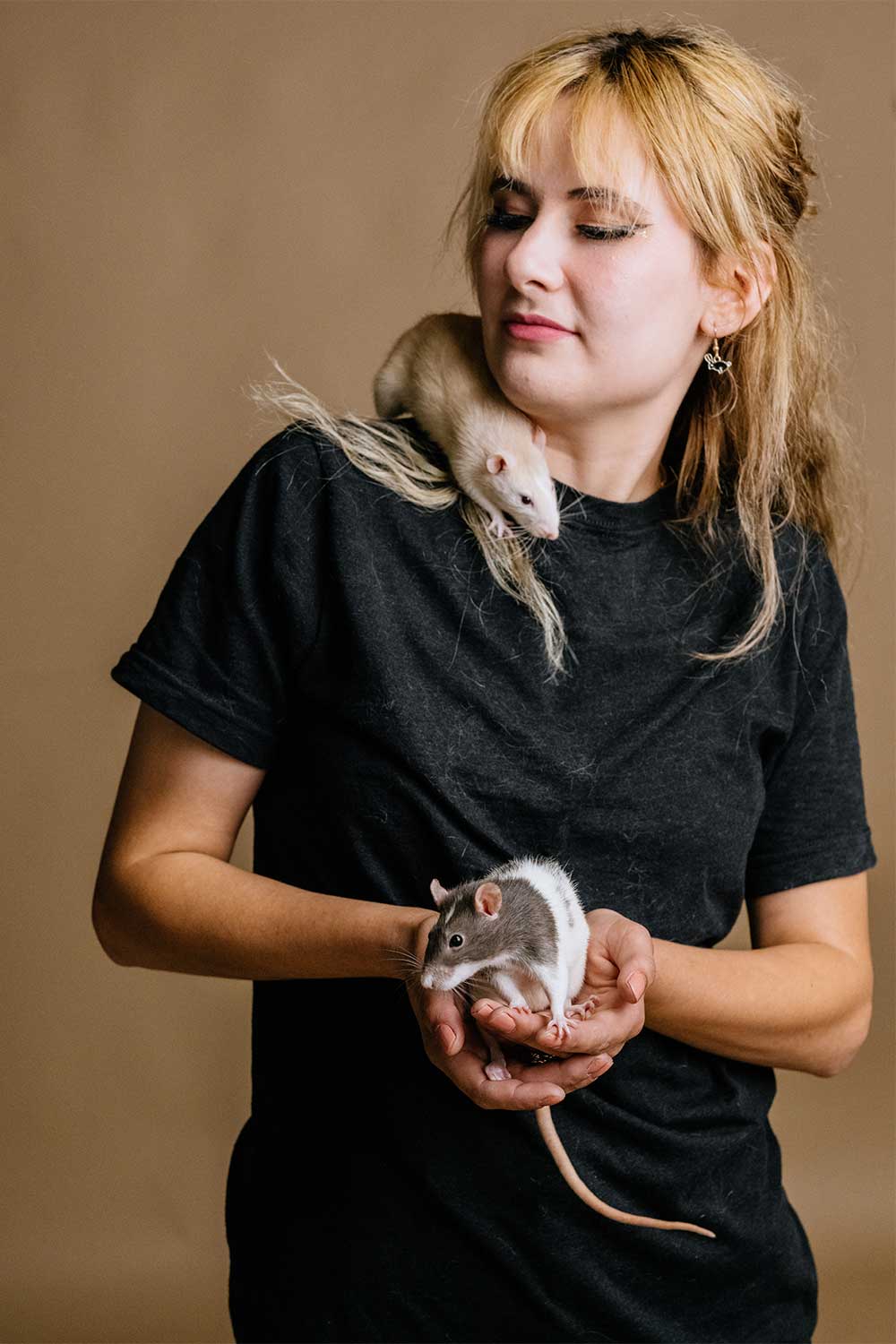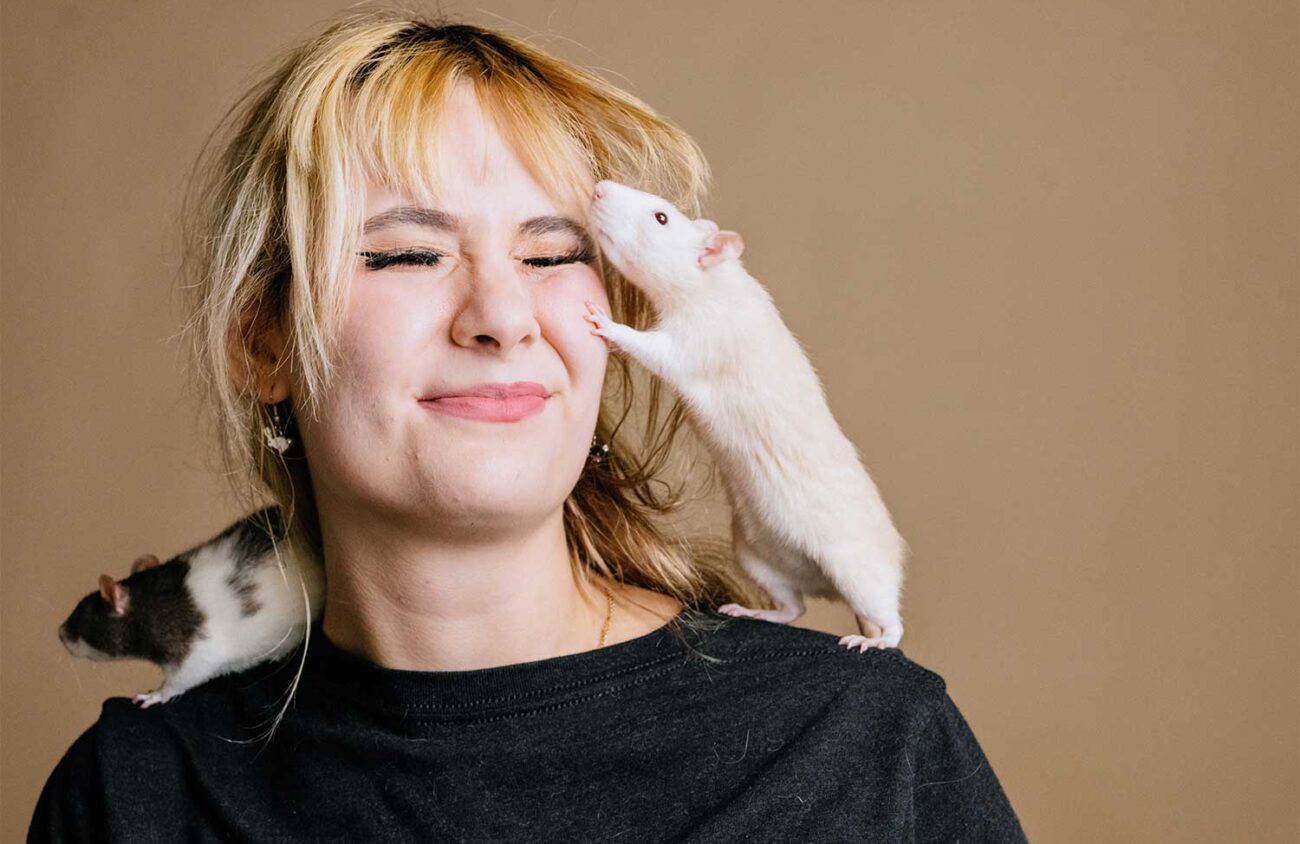Eugene’s Little Critter Crew got its start as an animal rescue group in early 2020, just a whisker ahead of COVID. What that meant, co-founder Kayla Hernandez says, is that while they knew they had to hit the ground running, they didn’t realize they would be sprinting within two years.
“We were already in a crisis of unwanted pets before the pandemic,” Hernandez explains. Then, as COVID locked everyone down, people bought small pets, from mice to gerbils, so they could find solace with their new pets. And then vaccines came, and people emerged from lockdown. “As soon as people went back to work, they didn’t want those animals anymore.”
As its name suggests, Little Critter Crew specializes in a type of pet often overlooked — very small animals. The nonprofit comprises a tiny Noah’s Ark of unwanted mice, rats, chinchillas, sugar gliders, gerbils, hamsters, rabbits and hedgehogs.
In its first year of operation, the rescue organization — which has no facility beyond 32 volunteers’ homes — took in about 150 pocket pets, finding foster homes or permanent homes for them all. In more recent years that number has grown to 400 to 500 a year, Hernandez says. The Critter Crew was providing foster homes to 112 animals as of August 21, she says.
Enlarge

The morning I meet Hernandez and two of her fellow rescuers, they are setting up a table at McKenzie Feed & Pet Supplies in east Springfield. There, once a month, they offer free nail clipping for tiny animals — really, can you imagine giving a mouse a manicure? — as well as getting the word out about how to go about adopting any of the rescued animals.
There, I meet a white rabbit named Aspen and a pair of very friendly rats named Mumu and Iris. Mumu is a hairless rat, which means her skin is the color of a packaged chicken breast you might find in the poultry section at Safeway, though when you pet her you discover she actually feels lush, warm and satiny.
Aspen is hanging out on the floor inside a wire pen, which she assiduously tests by nudging the wire with her pink nose. “Rabbits can be kind of high maintenance,” Hernandez explains when my first attempt to pet Aspen is rebuffed. “They are very social. But she is going through that angry toddler phase.” Not for long, as it turns out; Aspen suddenly lets me scratch the back of her head and neck, and I bury my fingertips in deliciously soft fur.
“They are even litter trainable,” adds volunteer Victoria Nichelle. Her history with animals goes something like this: “In the beginning I started with a bunny. And then I went to hamsters. And then I fostered some mice and fell in love….”
Enlarge

At home she has three mice — “two girls and a boy” — that live in two cages, separated by sex. “My mice beg for food when I walk by the cage,” she says. “Some mice like being held. Others, not so much. Even the ones who aren’t super handleable are a blast to watch. I call it ‘Mouse TV.’”
Another advantage to mice, Nichelle says, is their pure simplicity. “Out of all the species we work with, mice are the easiest.”
In the midst of our conversation, Katie Ayers walks in, along with three guinea pigs, Otis, Franz and Frederick. The three need their claws trimmed. Nichelle sits down and takes them into her lap one at a time for the pedicure, which she accomplishes deftly, despite Otis’ occasional half-hearted squirms, using a tiny pair of scissors.
Meanwhile, Ayers explains the three animals’ backgrounds. “They’re all from different rescues,” she says. “Franz is from Albany. Otis is from Eugene. And Frederick was a near-death rescue.” He was found abandoned in a parking lot, she says. (They were not rescued by Little Critter Crew, which does not have space for guinea pigs.)
A hamster Little Critter Crew is taking care of was found running loose on a passenger train in Eugene. Its name is now Amtrak.
Not every animal fully recovers from being abandoned or harmed by a heartless owner. “We have a lot of sanctuary animals, mostly not adoptable,” Hernandez says. “It takes a special person to handle an animal that is trying to lunge at you and bite you.”
Little Critter Crew encourages people in search of small friendly companions to adopt a rescued pet from their population. Applicants are screened via a questionnaire, and fees run from $5 for a mouse to $100 for a spayed, vaccinated and microchipped bunny.
Enlarge

The organization is careful not to supply aspiring animal breeders. “We are looking for homes that will never attempt to breed any animals or put any animals adopted from us into situations where they can produce offspring (including any time where they can touch the opposite gender, even through the cage),” its website warns. “We have no known genetic background on these animals and allowing them to reproduce could be catastrophic for them or their offspring.”
Back at the pet store, a third volunteer, Karen Debraal, has been involved with animals for most of her life. She started out working as a zookeeper and vet tech at the Los Angeles Zoo years ago, when that institution had a seedy reputation for its treatment of animals. After four years on the job, she says, she quit in disgust. She has since lived in Santa Cruz, where she worked rescuing rabbits and got an acupuncture degree, and in Santa Fe, New Mexico, where she worked at the humane society. She and her husband came to Eugene 17 years ago, along with their five dogs and six cats.
Today she has one small dog, one elderly cat, one rabbit, one chinchilla, one mouse, two gerbils and two hamsters at home in Eugene. The rabbit free-roams the house, while the hamsters — who need a lot of “floor time,” as she calls it — have a room to themselves, which she calls “Hamsterdam.”
She’s come to love small animals deeply, despite the fact their lives are often brief. The smallest of the small, the hamsters and gerbils and mice, might live only a year or three.
“To have such a tiny creature come to trust you is wonderful,” she says. “They are so ephemeral. They don’t last long. But they are so bright, like little shooting stars.” ν
